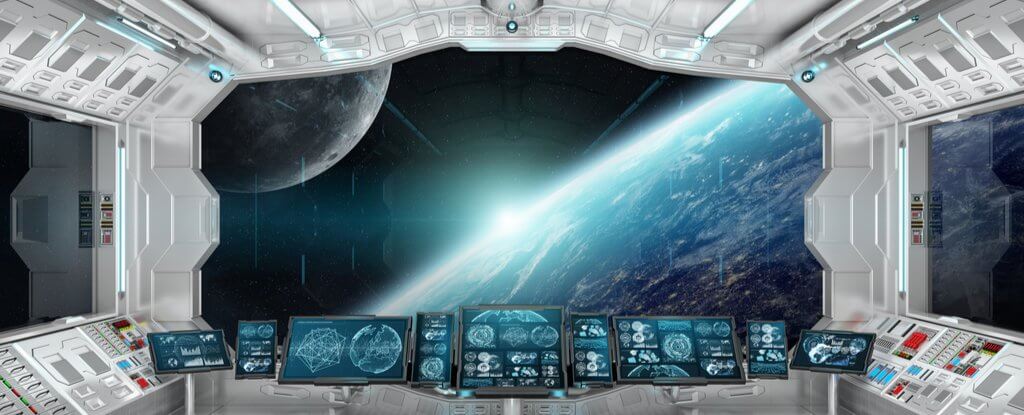- Get link
- X
- Other Apps

After a thousand years. At least that is the time it takes humanity to get to the nearest star Proxima Centauri, using current technologies and methods. And yet, since astronomers discovered that there could be at least one inhabited planet near this star, there was more enthusiasm among scientists than ever about interstellar travels.
“This is a very teasing subject. Now that we know that there is a planet near the star, we can be more creative in our thoughts. You can think of many options: send interstellar probes there or develop a special type of spacecraft that will allow you to take a personal look at this planet, ”commented Guill Anglada Eskuda, lead researcher and one of the discoverers of the new exoplanets.
Nevertheless, 4.2 light years separating us and Proxima Centauri are simply unattainable for current space researchers. It will take time to find the right solution and deal with this problem. The popular Internet portal Futurism decided to find out from its readers when, in their opinion, the first person could leave the Solar System.
Answers show that not soon. The options with the most votes are the 2100s and later. About 35 percent of respondents thought so.
One of them, Chalz Honbostel, gave some explanation of his choice:
“One should expect the beginning of human studies of Mars not earlier than 2025-2030. Most likely, people will not be able to reach the orbits of Neptune and Pluto by the end of this century, regardless of what types of new and exotic engine-building technologies will be discovered. ”
Honbostel is right that many countries and private companies are developing their ideas and projects on the human exploration of Mars for the next 10-15 years. He is also right that many researchers are working on the creation of new technologies that will allow our spacecraft to fly faster.
What do experts say?
Some enthusiasts are optimistic about our future opportunities in interstellar travel, stating that if we start right now, we can create technologies that will allow us to get to Proximate Centauri by the year 2100.
Others, such as Markus Young, a specialist at the US Air Force Research Lab, see such opportunities as more vague. Even at the Joint Propulsion Conference in 2008, Young said that his team had not yet found any suitable options for interstellar travel.
“There are a lot of ideas, at the initial look at which you can say: hey, and this can work. But, having done some research, you quickly come to understand that nothing will really work, ”Yang said at the conference.
Nevertheless, Young also added that scientists must continue their work and seek solutions to the problems and problems that face the possibility of interstellar flights. And, fortunately, such work does not stop. Some designs of projects have already appeared that in the future will help us to leave the solar system, including those where it is proposed to use fusion rocket engines. However, the radiation background on the ship in this case will be too toxic for people to be transported.
We can also use solar sails, giving devices based on them additional acceleration due to powerful laser sources. This approach is actively discussed in the Starshot Breakthrough program, whose task is to send a small unmanned probe to the Centaurus system.
Even if we find a way to accelerate the spacecraft to 10 or even 20 percent of the speed of light, we will still face one very important problem - how to protect the body of this device from space particles. In addition, you need to find a reliable solution that will slow down the device upon arrival to the Centauri system, which, by the way, the founder of SpaceX, Ilon Musk, said in an interview with the Western Aeon. In his opinion, interstellar travel is indeed possible, but at this stage of our development is simply unattainable.
“If we want to go to other star systems one day, we need to focus on the development of laser propulsion technologies, which, I believe, will help us to become a multiplanetary civilization. This is the next step in our development, ”Musk said in an interview.
And if he is right, then space enthusiasts have reason to hope, because the first colony on Mars may appear in a few decades.
The article is based on materials .
- Get link
- X
- Other Apps
Comments
Post a Comment